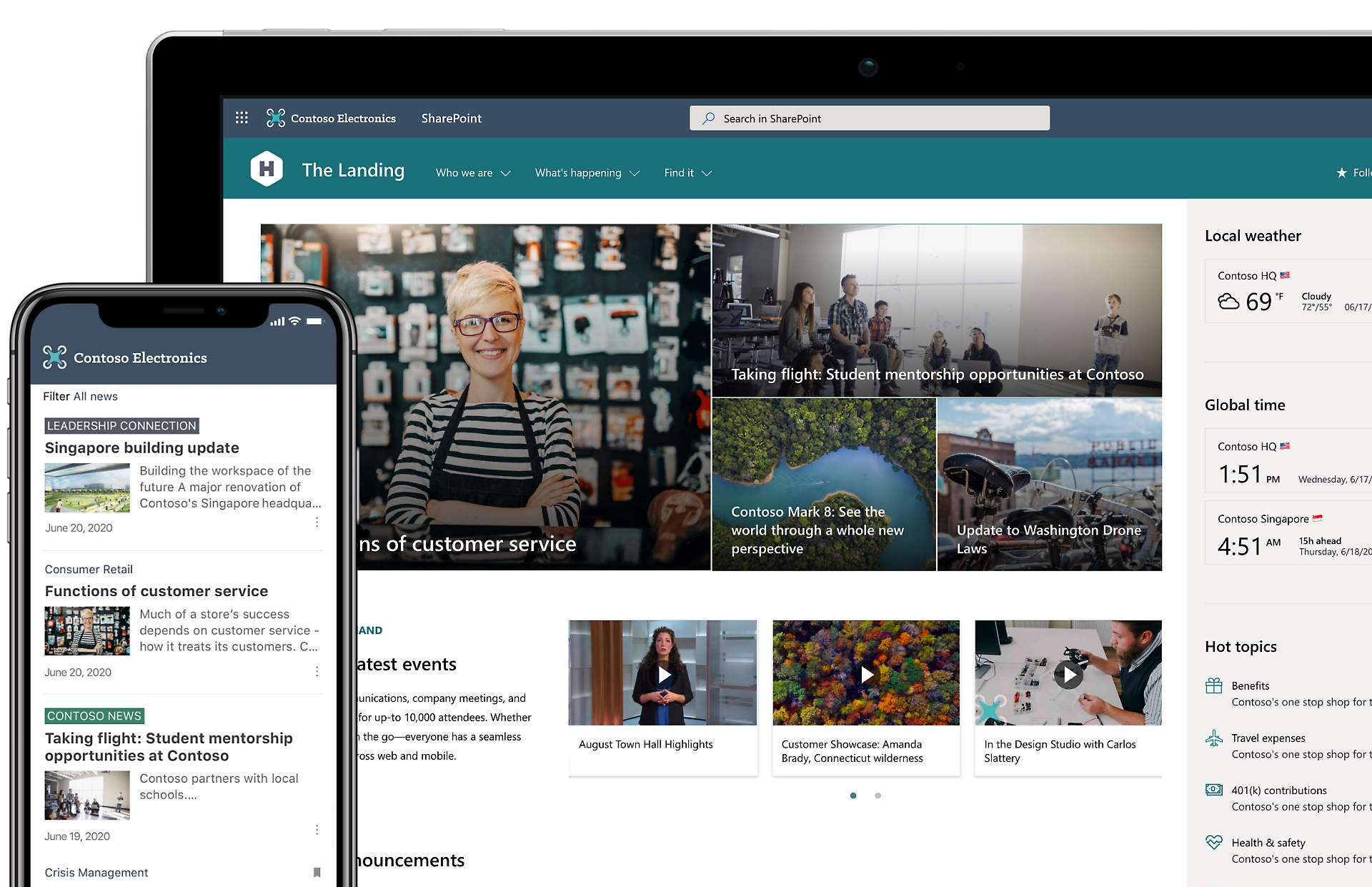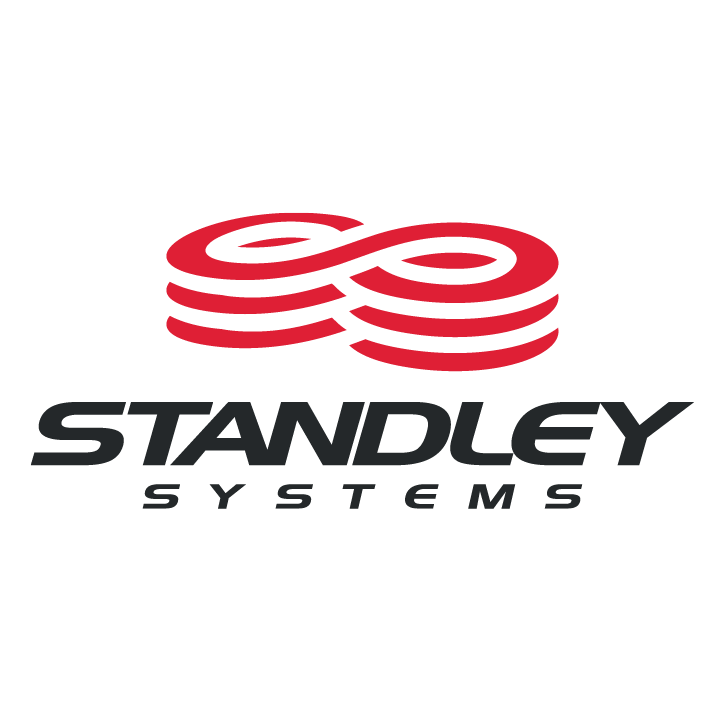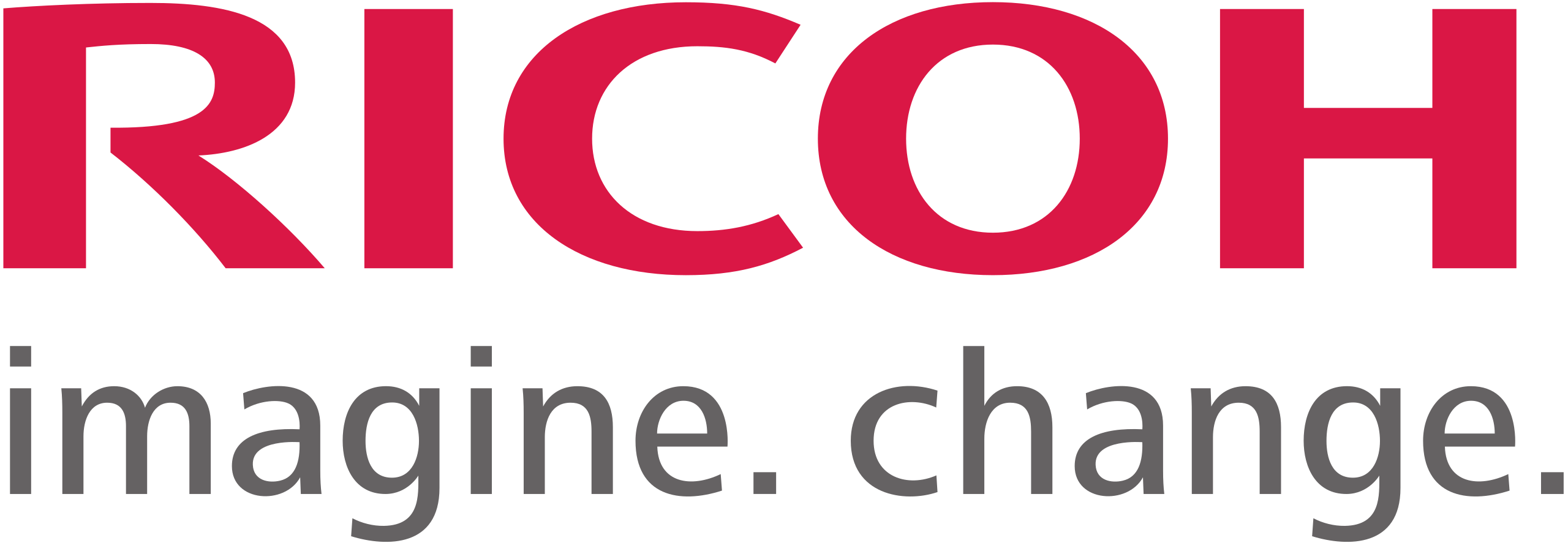6 min read
The Best Document Management System Tools
By:
Standley Systems Staff
on
September 2, 2024
Updated: September 23, 2024

The best document management systems examples showcase how these systems can revolutionize the way businesses handle their documents. In today's fast-paced digital world, managing documents efficiently is crucial for productivity, compliance, and data security. Document management systems (DMS) provide a centralized platform to store, organize, and manage documents electronically, making it easier for businesses to access and share information. In this blog, we will explore some of the best examples of document management systems, highlighting their features, benefits, and real-world applications.
What is DMS?
A document management system (DMS) is a software solution that helps organizations store, manage, and track electronic documents. DMS solutions streamline the document lifecycle, from creation and storage to retrieval and archiving, ensuring that documents are easily accessible and securely stored.

Why Use a DMS?
Document management systems offer numerous benefits, including:
- Improved efficiency: Automating document workflows reduces manual tasks, saving time and increasing productivity.
- Enhanced security: Advanced security features, such as encryption and access controls, protect sensitive information.
- Compliance: DMS solutions help organizations comply with regulatory requirements by providing audit trails and ensuring document integrity.
- Cost savings: Reducing paper usage and physical storage needs can lead to significant cost savings.
Examples of Document Management Systems
1. Microsoft SharePoint
Microsoft SharePoint is a versatile DMS that integrates seamlessly with Microsoft Office applications. It offers robust document management features, including version control, metadata tagging, and advanced search capabilities. SharePoint also supports collaboration, allowing multiple users to work on documents simultaneously.

Key Features:
- Version Control: Track changes and maintain a history of document revisions.
- Metadata Tagging: Organize documents using custom metadata fields for easy retrieval.
- Advanced Search: Powerful search functionality to quickly locate documents.
- Collaboration Tools: Real-time co-authoring and integration with Microsoft Teams.
2. M-Files
M-Files is known for its intelligent information management capabilities. It uses a metadata-driven architecture to organize documents, making it easy to find and manage information based on context rather than location. M-Files also offers robust security features and compliance tools.
Key Features:
- Metadata-Driven Architecture: Organize documents based on content, not location.
- Automated Workflows: Streamline business processes with automated workflows.
- Security and Compliance: Advanced security features and compliance tools to protect sensitive information.
- Integration: Integrates with other business applications like Microsoft Office and Salesforce.

3. DocuWare
DocuWare provides cloud-based document management and workflow automation solutions. It is designed to improve document handling and streamline business processes. DocuWare offers features such as electronic signatures, mobile access, and robust security measures.
Key Features:
- Cloud-Based: Access documents from anywhere with an internet connection.
- Workflow Automation: Automate document-centric processes to increase efficiency.
- Electronic Signatures: Securely sign and approve documents electronically.
- Mobile Access: Access and manage documents on mobile devices.
4. Laserfiche
Laserfiche is a comprehensive DMS that offers powerful document management and business process automation capabilities. It provides tools for capturing, organizing, and securing documents, as well as automating workflows and ensuring compliance with industry regulations.

Key Features:
- Document Capture: Capture documents from various sources, including scanners and email.
- Business Process Automation: Automate repetitive tasks and streamline workflows.
- Security and Compliance: Ensure data security and compliance with regulatory requirements.
- Integration: Integrates with popular business applications like Microsoft Office and ERP systems.
5. Alfresco
Alfresco is an open-source DMS that provides flexible and scalable document management solutions. It offers features such as document collaboration, workflow automation, and robust security measures. Alfresco's open-source nature allows for extensive customization to meet specific business needs.
Key Features:
- Open-Source: Highly customizable and scalable to fit various business requirements.
- Document Collaboration: Facilitate teamwork with collaborative document editing.
- Workflow Automation: Automate document-centric processes to improve efficiency.
- Security and Compliance: Protect sensitive information and ensure regulatory compliance.

Real-World Applications
Healthcare Industry
In the healthcare industry, managing patient records and ensuring data privacy are critical. Document management systems like M-Files and DocuWare help healthcare providers securely store and manage electronic health records (EHRs), streamline patient information workflows, and comply with HIPAA regulations.
Legal Sector
Law firms handle vast amounts of sensitive documents that require secure storage and easy retrieval. DMS solutions like SharePoint and Laserfiche provide version control, secure access, and collaboration tools, enabling legal professionals to manage case files efficiently and maintain compliance with industry standards.

Financial Services
Financial institutions need to manage large volumes of documents, including client records, financial statements, and regulatory reports. Document management systems such as Alfresco and M-Files help streamline document workflows, ensure data security, and comply with financial regulations like GDPR and SOX.
Choosing the Right Document Management System
When selecting a document management system, consider the following factors:
- Business needs: Assess your organization's specific needs and workflows to choose a DMS that aligns with your requirements.
- Scalability: Ensure the DMS can scale with your business as it grows.
- Integration: Choose a DMS that integrates with your existing business applications and systems.
- User experience: Opt for a user-friendly DMS that is easy for employees to adopt and use effectively.
- Security and compliance: Ensure the DMS provides robust security features and helps you comply with industry regulations.

The best document management system FOR YOU
The best document management systems examples demonstrate how these solutions can transform the way businesses handle documents. From improving efficiency and enhancing security to ensuring compliance and reducing costs, document management systems offer numerous benefits.
Ready to revolutionize your document management? Contact Standley Systems today to learn more about our document management solutions and how we can help you streamline your document workflows, enhance security, and boost productivity. Let us assist you in selecting and implementing the best document management system for your business.

 800-522-3725
800-522-3725 info@standleys.com
info@standleys.com Support
Support











